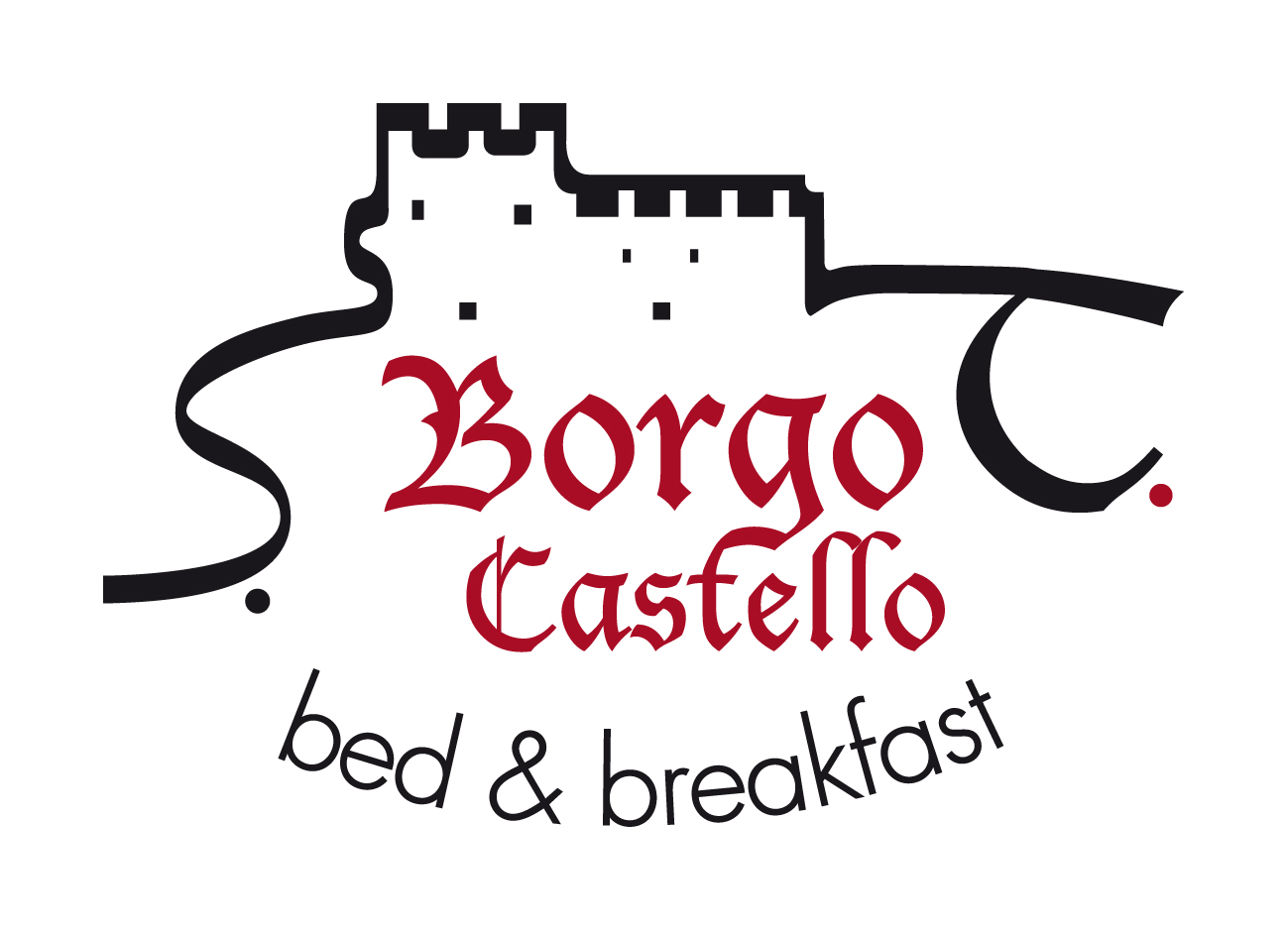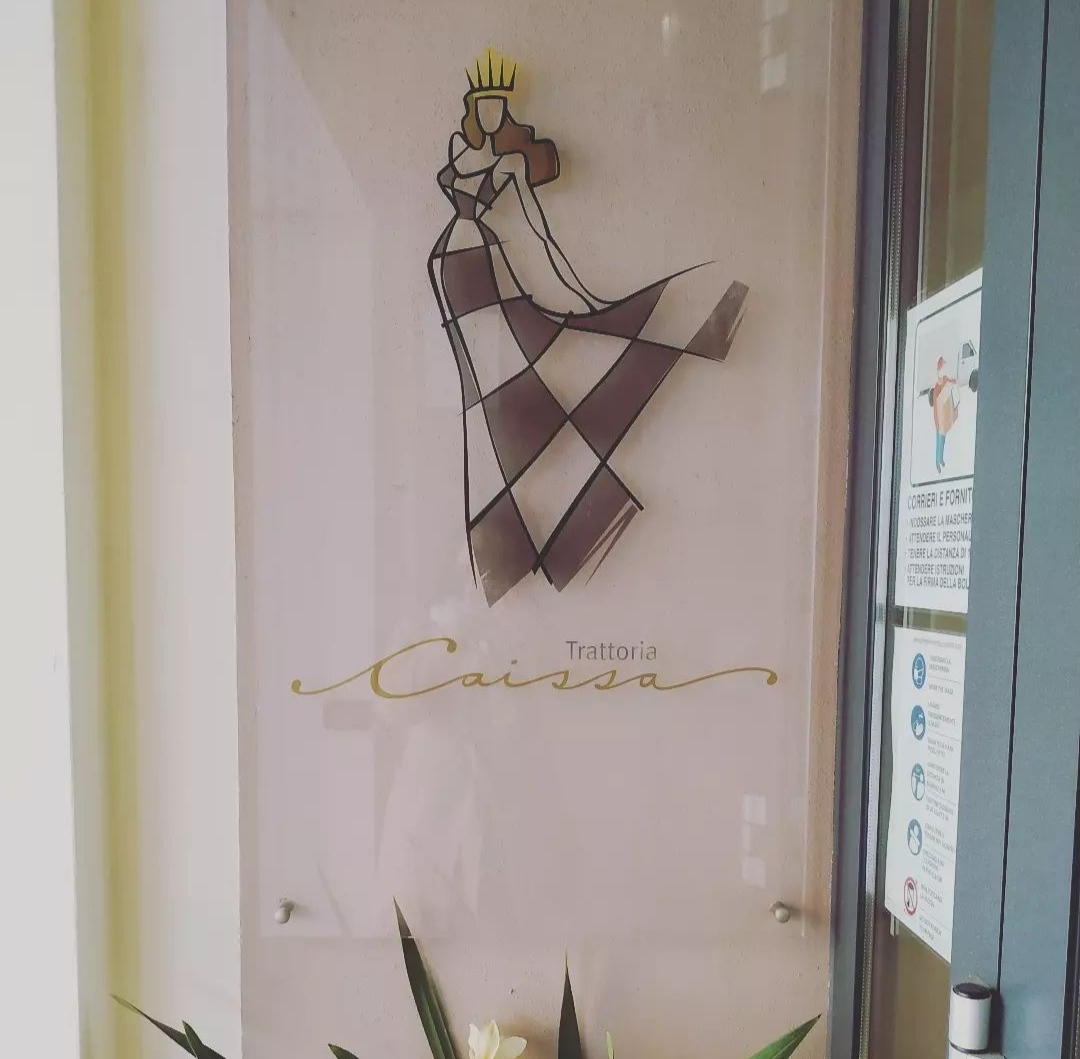To Visit From the plain to the Asiago Plateau along the transhumance paths





The route is characterized by a variety of environments visitors can experience, especially in the upper part (Erta uphill), which is the very area where the most beautiful views can be admired, having the impression of almost being in the mountains - it is no surprise that the route largely follows CAI (Italian Alpine Club) trail n. 800.
Cherry trees here are not as abundant as in other hills: the local calcareous soil is not suitable for this cultivation as is clayey soil. On the other hand, the cultivation of olive trees is becoming very widespread. Along the way, down from Contrà Turchia towards Crosara, visitors can walk along the ancient path Sentiero del Sejo , also known as the ancient Roman road. This is one of the main and oldest tracks of the flock road used for transhumance, Arzeron della Regina, that flocks and herds traveled up and down to/from the mountain pastures in the Asiago Plateau. The route then continues southwards along the banks of the Longhella stream (where a cycling lane runs today), up to Nove and until Padua.
Average duration: 5 h
Length: 16 km
Difference in height: 580 mt
Accessibility: asphalt road - path
Set off from Campo Marzio taking via Due Rogge and walk up to Piazza Ortigara. A route sign on the underpass side invites you to take via Convento. Where the road branches off, turn right into via Maggiore Morello and walk as far as the bicycle-pedestrian track that flanks the Loghella stream and safely leads to Vallonara.
Look north and south to appreciate the suggestive hilly crown giving a view over the former Monastery of San Fabiano e San Sebastiano on the Pauso hill and the Castello Superiore (Upper Castle) on the Pausolino Hill, the hills of Roveredo Basso and San Luca, with the Crosara pass in the background to the west and the Southern slope of the Asiago Plateau.
At the end of the bicycle-pedestrian track, turn right into Vallonara. Cross the Rameston main road and walk past the elementary school and the sports field. At the cemetery, on the left, take the CAI trail no. 800 uphill, which is known as “Sentiero del Sette” because of its characteristic winding ascent. It is an ancient way of communication to the Asiago Plateau through Tortima. Once at the asphalt road that goes to Valle San Floriano, cross it and continue straight ahead on the path that leads to Capitelli, with its beautiful Sanctuary.
The ascent continues through the wood until a point where a brief detour on the right goes downhill to the bottom of the valley in order to see the ancient wash basins of Contrà Campi. After the visit, go back to the main route and continue uphill along the winding path until the parking area of the La Rondinella restaurant in Tortima. From here, turn left on an asphalt road and follow the signs to Contrà Busa, Contrà Alto and Contrà Boffi. This stretch of route is particularly panoramic: enjoy the view upon the flat land with the Euganei hills, the Berici hills and the Piccole Dolomiti (lit. Small Dolomites, i.e. Pre-Alps of the province of Vicenza) in the background. When in Contrà Boffi, turn right. The path goes into the wood and comes out of it in Contrà Turchia. Past the bridge, turn left to take the road known as Strada del Sejo or the ancient Roman road to Crosara. At the centre of Crosara turn right through a narrow passage and take via Caribollo: walk on an asphalt road until Vallonara. Once here, take the bicycle-pedestrian lane at the end of which via Maggiore Morello is on the right. It will only take a few minute walk to reach Piazza Ortigara and then Campo Marzio.
The hilly environment described here offers a remarkable variety of natural features that shape the landscape, including the morphology, the vegetation and the presence of human activities.
Along the part of the route that goes from Vallonara to the hilly hamlets of Capitelli, Campi and Pianari you have several suggestive views that open up towards the flat land. The numerous terraces and isolated cottages that dot the mountain slope are just as interesting. You come across meadows as well as small areas of olive tree and vine cultivation, isolated cherry trees, often surrounded by valley floor thickets with the characteristic hilly broad-leaved plants.
Walking from Contrà Pianari to Tortima along the “Sentiero del Sette” path you start to notice more spontaneous vegetation, typical for a chalky, less humid soil, due to the presence of many rock outcrops and the declivity of the hill that hardly retains water. A thicket of black or Austrian pines characterizes the setting in a distinctive way.
Generally, woody and shrub-like vegetation grows more on the lower part of the route, while on the slope of the Asiago Plateau it is often difficult for it to develop. The meadows and the undergrowth are relatively rich in herbaceous species with interesting flowers. If you wish to recognize them all, you definitely need the assistance of a botany pocket guide. It is therefore advisable to start with the most common and eye-catching species. Observation of the various types of meadows will help you notice that the flowers partially vary from one meadow to another: different species grow in sunny and in shady meadows, in dry and in wet meadows, in rocky and in mown meadows. In the spring, all the meadows show a massive flowering of dandelions, while the less widespread and inconspicuous wild orchids show up with uniquely beautiful flowers.
In the higher part of the route, along the hamlets of Tortima, you can immediately notice a change in the landscape. The maximum bending of the “knee-shaped fold” has been reached: it is an age-old geological phenomenon that emphasizes the beginning of the Asiago Plateau. You may correctly state that you are in the mountains here as the conventional altitude for a mountain is set at more than 600 meters above sea level. Meadows and hedges mainly characterize the route stretch from Tortima to Contrà Boffi and the view becomes more open.
On the unpaved stretch of the route going downhill until the valley floor, the landscape is completely different, above all because of relatively high humidity. The same applies along La Pria Lunga or Cassoni path (Strada del Sejo), because most of it travels through the mixed broad-leaved underbrush until it reaches Crosara.
From here to Vallonara, the asphalt road descends among shady and wet thickets and more or less cultivated meadows. The rocks in this stretch are not mainly calcareous (they contain sandstone, for instance), the soil is therefore wetter and the vegetation is abundant and varied, but it is not, however, very different from other hilly areas. Some old chestnut trees will strike your eyes on the way because of their impressiveness.
In this route
-
![]() Campo marzio
Campo marzio
-
![]() Ecomuseum of straw and peasant tradition
Ecomuseum of straw and peasant tradition
-
![]() Military transit command post of the first world war
Military transit command post of the first world war
-
![]() Sejo path or roman road
Sejo path or roman road
Accomodation
-
Hotel Europa
Viale Stazione, 5/A - Marostica
Vedi i dettagli -
Hotel Due Mori
Corso Mazzini, 73/75 - Marostica
Vedi i dettagli -

Beewell Italy
Via Colpi Pivotti, 12 - Marostica
Vedi i dettagli -
Villa Cecchin Guesthouse
Via Gianni Cecchin, 69 - Marostica
Vedi i dettagli -
Suite Parolin
Corso Mazzini, 142 - Marostica
Vedi i dettagli -
Fattoria TogoNegro
Via Caribollo, 81 - Marostica
Vedi i dettagli -
Campana Suites
Viale Stazione, 32 - Marostica
Vedi i dettagli -
Marostica
Via Camplani, 60 - Marostica
Vedi i dettagli -
A Casa mia
Via Ca' Brusà, 23 - Marostica
Vedi i dettagli -
Da Viky
Via Mantegna, 12 - Marostica
Vedi i dettagli -

Borgo Castello
Via C.Battisti, 15 - Marostica
Vedi i dettagli -
Da Toi
Via Sisemol, 37 - Marostica
Vedi i dettagli -
Retrò
Via Ravenne, 36 - Marostica
Vedi i dettagli -

Agriturismo Antico Borgo
Via Marosi, 4 - Marostica
Vedi i dettagli -
Agriturismo Al Ciliegio
Via Val Bella Alta, 5 - Marostica
Vedi i dettagli -
Agriturismo Ai Marosi
Via Marosi, 2 - Marostica
Vedi i dettagli -
B&B Maria
Via IV Martiri 21 - Marostica
Vedi i dettagli -
Marostica Bright Apartment
Via Callesello delle Monache 1 -Marostica
Vedi i dettagli -
Al Mulino
Via Gobbe, 60 - Marostica
Vedi i dettagli -

L'Angelo e il Diavolo
Piazza Castello, 41/A - Marostica
Vedi i dettagli -
Inosteria
Via Cassoni, 2 - Marostica
Vedi i dettagli -

Madonnetta
Via Vajenti, 21 - Marostica
Vedi i dettagli -

Lunaelaltro
Corso della Ceramica, 33 - Marostica
Vedi i dettagli -
Scaligera
Via Montello, 68/a - Marostica
Vedi i dettagli -
Al Santuario -Ai Capitei
Contrà Capitelli, 7 - Marostica
Vedi i dettagli -
La Meridiana
Via Perozzi, 9 - Marostica
Vedi i dettagli -
Bistrot 59
Via Sisemol, 59 - Marostica
Vedi i dettagli -
Panic Jazz Club
Piazza Castello, 42 - Marostica
Vedi i dettagli -
Ristorante cinese Oriente
Via G. Cecchin, 20/b - Marostica
Vedi i dettagli -
Da Bastian
Via Gobbe, 10/a - Marostica
Vedi i dettagli -
Da Roberta
Via Panica, 150 - Marostica
Vedi i dettagli -
Da Rossi
Via Consagrollo, 69 - Marostica
Vedi i dettagli -

Caissa
Corso Mazzini, 104 - Marostica
Vedi i dettagli -
Da Bertin
Via Perozzi, 11 - Marostica
Vedi i dettagli -
Da Toi
Via Sisemol, 37- Marostica
Vedi i dettagli -
Da Agnese
Via Pedalto, 23 - Marostica
Vedi i dettagli -
Al Sole
Via Fondati, 3 - Marostica
Vedi i dettagli -
Al ciliegio
Via Val Bella, 5 - Marostica
Vedi i dettagli -
All’Angelo d’Oro
Viale Montegrappa, 20 - Marostica
Vedi i dettagli -
La casetta
Viale Vicenza, 12/A - Marostica
Vedi i dettagli -
Dalla Zita
Via Cà Brusà, 5 - Marostica
Vedi i dettagli -
Ristorante Cuori
Corso Mazzini, 73/75 - Marostica
Vedi i dettagli




